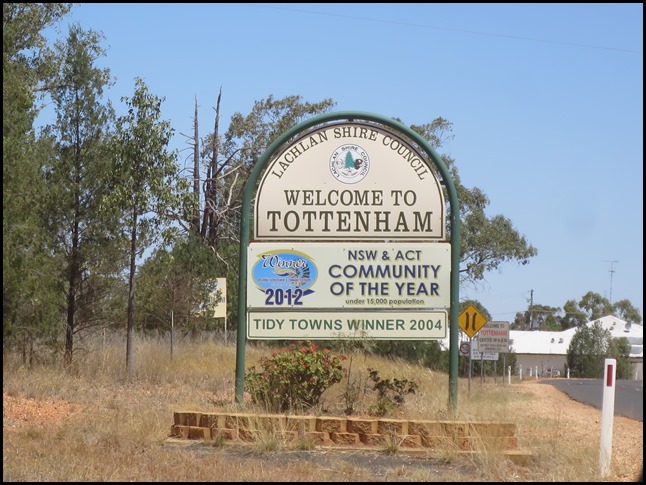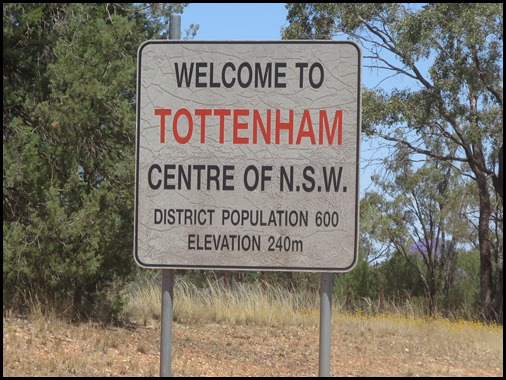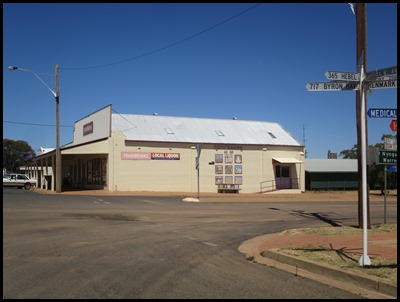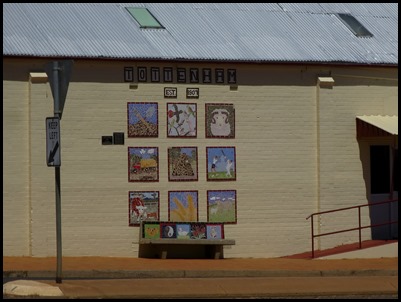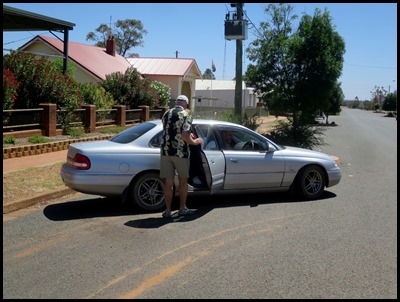Tottenham NSW

Beez Neez now Chy Whella
Big Bear and Pepe Millard
Mon 10 Nov 2014 23:47
|
Tottenham, New South
Wales
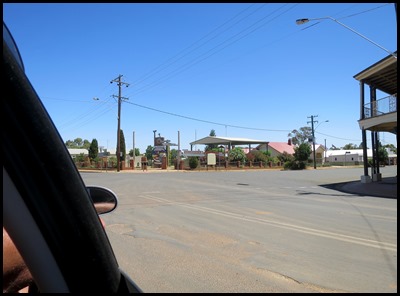 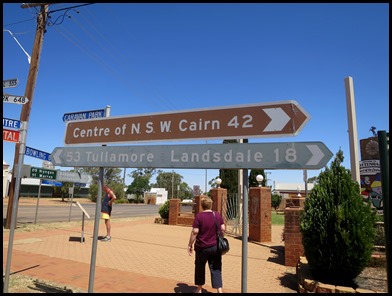 After seeing nothing but dry countryside
for what seemed like a long time, the very wide road suddenly arrived at a crossroads, the colonel parked the beast and out we got. An
information board just as we like it, and a park-like area, in we
went.
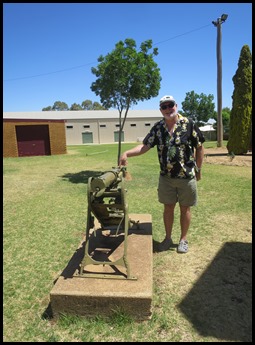   Well, deep joy and thun-de-bolt, colour
Bear happy, a reason to trim his trigger finger, this
time on a German gun complete with plaque.
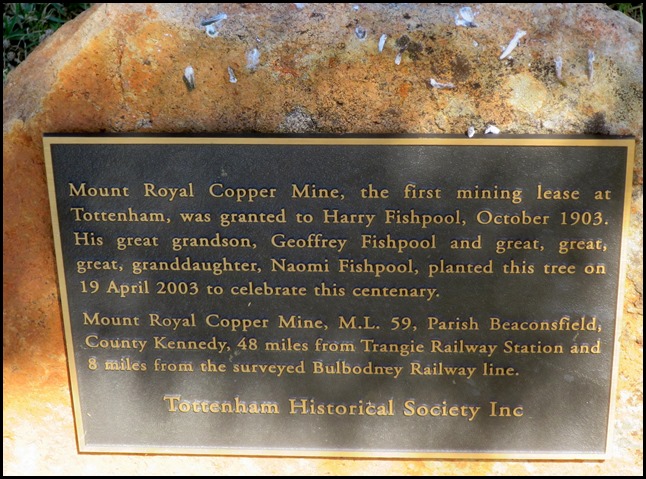 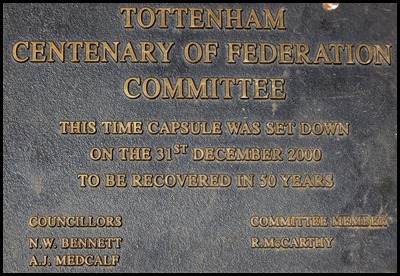  In fact three more
plaques were around the park noting a mine and not one but two time
capsules.
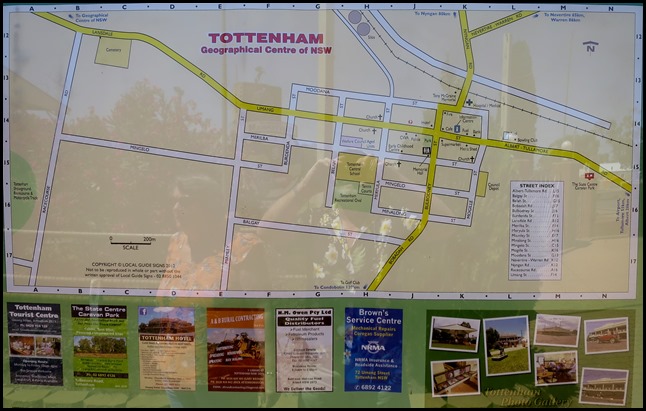 On this side of the crossroads there
was a map showing us where we were and the town
history.
The History of Tottenham
It
lies in a wheat-growing country and is at the end of a railway
line from Bogan
Gate, completed
in 1916 with Tottenham Post Office opening on the 8th of April 1907.
The
township of Tottenham originated through the discovery of copper in 1903 but
went down in history in the 1930’s when two small boys left the Tottenham
Primary School on horseback to take a message to Sydney by school relay. This
message was written by the headmaster as requested by the organisers who wanted
a message from the centre of NSW to be read at the opening of the Harbour Bridge
in 1932. This message now hangs in the Mitchell
Library.
Today
the town services a large and diverse agricultural industry with a population of
approximately three hundred and twenty and a district of about a thousand.
Situated on the sealed Bogan Way which links the Newell Highway at Forbes or
Parkes to the Mitchell Highway at Nyngan, this provides an alternative journey
for travellers wanting to get off the highways for a relaxed scenic
experience.
The
Tottenham community are very special, supporting many local organisations that
all help to make the town a great place to live and visit. Organisations include
– The Tottenham Welfare Council, Lions Club, C.W.A., Men’s Shed, Towns
Committee, Picnic Race Club, Preschool Committee, Gymkhana Committee, Motor
Cross, Pony Club, Tennis, Bowls, Cricket Committees as well as management
committees for the Community Hall, Cemetery, Horse and Sports Centre, M.PS. and
Health Council.
Tottenham
has participated in the NSW Keep Australia Beautiful Tidy Towns Competition for
fourteen years with outstanding success winning many sponsored awards including
Tidiest Town in NSW in Category A – population up to three hundred and fifty.
The town’s involvement in the Tidy Towns Programme has created much pride in the
town and the town’s facilities.
Visitors
consistently remark on the outstanding condition and appearance of the town and
its facilities. One hundred and seventy five species of bird have been recorded
in the town. Tottenham had a population of 343 in
2006.
Very
commendable indeed that so many organisations are manned by such a small
community.

 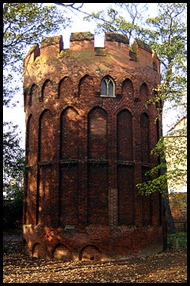 Slight
difference to the Tottenham
we know with a population of some 115,965........... A map from 1619, Windsor Parade and Bruce Castle
Tower. There has been a settlement in Tottenham
since Roman times and a road was built by them. In the Doomsday Book seventy
families lived near the manor house. Henry the VIII was known to have hunted in
the woods and stayed at Bruce Castle.
The sign proudly displaying this Tottenham’s honours.
In 2012, the tiny township was selected
as the Most Outstanding Community in New South Wales and the ACT (with a
population of 15,000 or less) in a competition organised by the Bank of New
South Wales. The town sealed its local airstrip, installed kangaroo-proof fences
around the perimeter, and put in night lighting, with half of the costs coming
from private donations. Locals had been upset that the Royal Flying Doctor
Service had not been able to land here for a medical emergency involving one of
the leading members of the local population. The town also successfully searched
the world to recruit its own doctor, when the Health Department had said that no
suitable doctor could be found. And five locals came forward to form a team of
local volunteer ambulance officers, in support of the one full-time paramedic
that is provided by the NSW Ambulance Service. Finally, the town constructed a
spacious sports centre in a dollar for dollar agreement with the local Shire.
All of these projects in the one year contributed to Tottenham's selection as
Community of the Year for NSW.
  The original part of Gander’s store was built around 1912 and is one of the
oldest buildings in the main street. The bricks in the building were made from
clay from the Brick Kiln Dam and fired in a nearby brick kiln.
In 1939, Emily Gander purchased the store
and ran it with the assistance of her children. It was a typical country store
selling a large variety of goods including mattresses, food, women’s corsets and
bras, linoleum and even men’s alpaca coats. Fuel was sold from three bowsers
positioned under the front verandah. A mail run was acquired in conjunction with
grocery deliveries supplying many outlying properties.
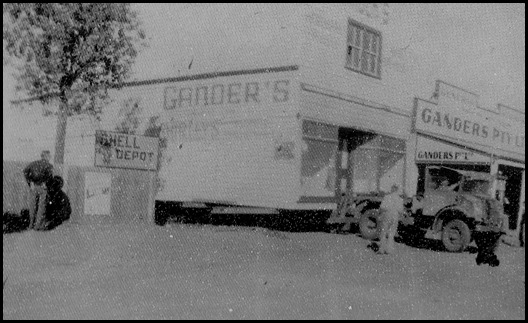 Ganders had bought Mills’ store across the
street in the 1940’s to sell hardware and farm supplies. The
store was moved across the road in the early 1950’s and joined onto the
original store. In 1971, it was converted into a supermarket and in 1980 Ganders
sold the store. The new owners constructed the modern brick
extension.
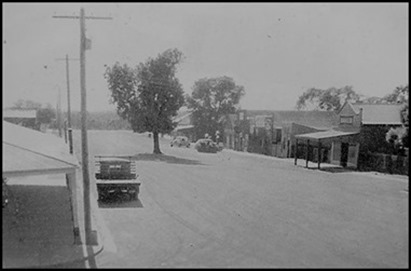 The Rooster
Tree which was located in the centre of Umang Street, was an early
landmark of Tottenham. Rings were attached to the trunk of the tree where horses
were tied in the shade while their owners went about their business. The tree
was cut down in the mid 1950’s to prepare for sealing the street.
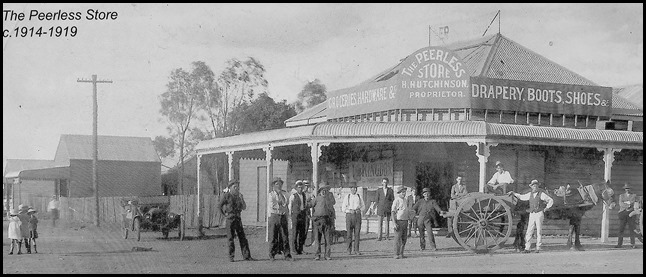 The Peerless Store, bush nursing rooms
and billiards hall were the first buildings on this site. They burnt down in the
1920’s, were rebuilt in timber and burnt down again. In 1930, Edwin Hudson built
the block in its present form using patterned cement bricks. Later he added two
more shops built of poured concrete.
Edwin Hudson arrived in Tottenham by
pushbike in 1906 working first as a miner and then as the manager of the Iron
Duke Mine. In 1923, he set up a stock and station agency in this block. His son
Allan Hudson, on returning from World War II, reopened his deceased father’s
business. Hudson’s Stock and Station Agency flourished on this site for over
seventy years.
A variety of businesses have operated
from this block including:
Gem of the West Cafe. The cafe was
situated on the corner. It was a place to buy a good country meal and watch all
that went on in town.
Stan and Fred White’s International Tractors. A tractor show
room was situated in the first poured concrete shops in the 1940’s. At the same
time the brothers operated a stock and station agency in the back
office.
SP Bookies. A succession of bookies
operated under the grapevine at the back of the cafe over the
years.
RC & MJ Genge’s Electrical Store. This store was located
at the end of the block in the 1960’s. Many Tottenham residents had their first
glimpses of television in that shop window, watching their favourite shows
standing in the street or seated on the back of a truck.
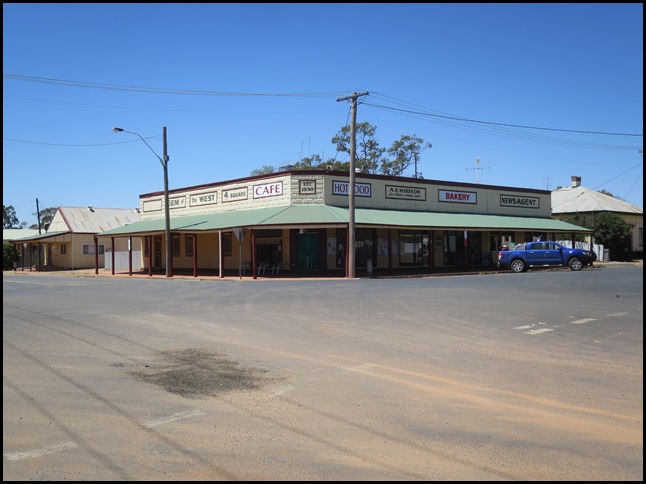 Main street
today.
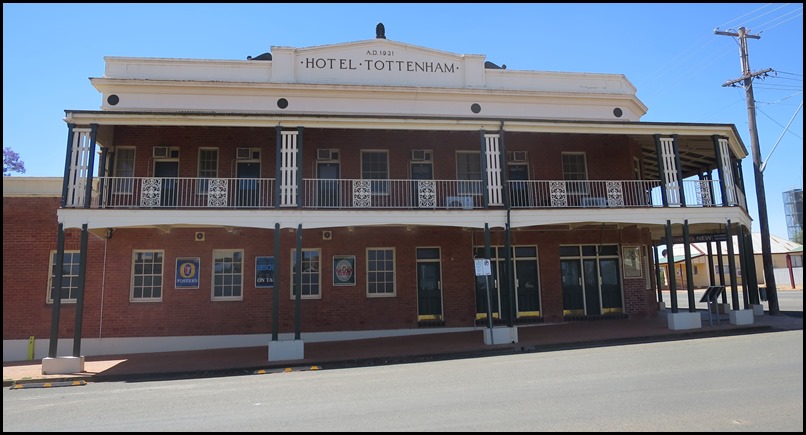 The
Tottenham Hotel has been restored to its original 1931 condition, very
impressive balconies, but sadly we were the only
customers.
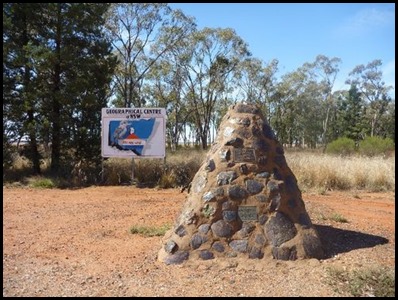  Had we have carried on we have see
this Cairn, constructed from local mine slag from the
Mount Royal and Bogan River Copper Mines it is thirty four kilometres west of
town.
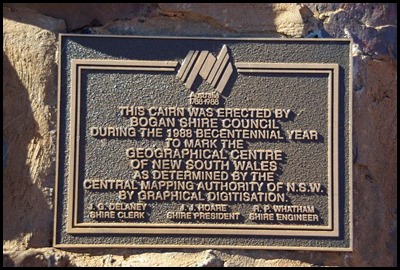 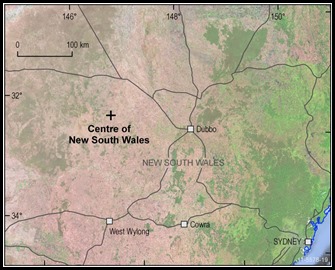 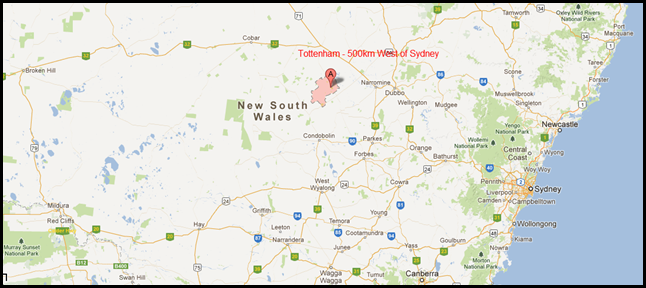
The position is 32:09.47 south and 147:01.56 east or the geographical centre of New South Wales.
A few minutes admiring the murals.
Back in the beast and onward.
ALL IN ALL NICE BUT NOT FOR ME, TOO FAR FROM THE SEA NO CHANDLERY SO IT’S OFF MY LIST
|
